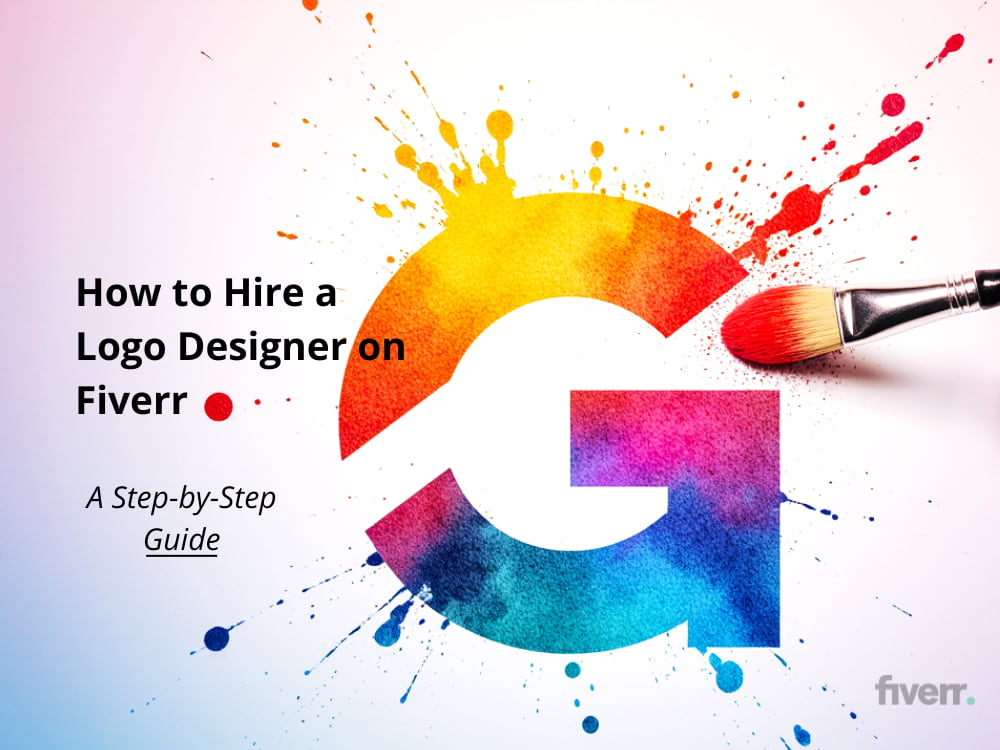Hey there, design enthusiasts! Today, we’re diving into one of the most influential and enduring design movements of the 20th century: Swiss Style, also known as International Typographic Style. Buckle up for a journey through time, exploring the roots, characteristics, and lasting impact of this iconic design approach.
The Birth of Swiss Style
Picture this: it’s the 1950s, and the design world is buzzing with new ideas. In the heart of Europe, a revolutionary design movement is taking shape. Swiss Style emerged in Switzerland (surprise, surprise!) and Germany, gaining momentum in the post-World War II era.
This period called for clear, objective communication, and Swiss Style answered that call with its emphasis on cleanliness, readability, and objectivity. Inspired by the Bauhaus movement and modernism, Swiss Style brought a breath of fresh air to design principles that were previously more ornamental and elaborate.
Pioneers like Josef Müller-Brockmann, Max Bill, and Armin Hofmann were at the forefront of this movement, focusing on clean typography, grid-based layouts, and an overall minimalist aesthetic. The impact of Swiss Style was so profound that it quickly spread across the globe, influencing design standards in advertising, print, and eventually, digital media.
What Makes Swiss Style Tick?
So, what’s the secret sauce that makes Swiss Style so distinctive? Let’s break it down:
- Grid Systems: Swiss designers love their grids! They use mathematical grid systems to create structure and organization in their layouts. This technique allows for a harmonious and balanced arrangement of text and images, making content easily digestible for the viewer.
- Sans-Serif Typography: Clean, crisp sans-serif fonts are the stars of the show. Typography plays a crucial role in Swiss Style, with a preference for fonts like Helvetica, Univers, and Akzidenz-Grotesk. These typefaces are straightforward and free of unnecessary embellishments, aligning perfectly with the style’s minimalist philosophy.
- Minimalism: Less is more! Swiss Style embraces simplicity and eliminates decorative elements, favoring functionality over ornamentation.
- Asymmetrical Layouts: Designers play with asymmetrical layouts to create dynamic and balanced compositions. This approach, combined with a grid system, maintains balance while allowing for creative freedom.
- Photography: High-contrast, black and white photography is often used to add depth and context without overpowering the design.
- Bold Colors: While many associate Swiss Style with black and white, it actually incorporates vibrant, primary colors for emphasis. Swiss Style frequently utilizes a limited color palette with bold contrasts to draw attention to specific elements.
- Whitespace: Generous use of negative space allows the design to breathe and enhances readability.
- Focus on Content: In Swiss Style, the content is king. The design serves to enhance the message rather than distract from it. This functional approach ensures that the viewer’s attention remains on the core content, whether it’s a headline, a product, or a call to action.
Swiss Style Today: Still Going Strong
You might think Swiss Style is old news, but guess what? It’s alive and kicking! In our digital age, where information overload is the norm, the clarity and simplicity of Swiss Style are more relevant than ever.
From corporate branding to social media graphics, the influence of Swiss Style is everywhere. Designers favor it because it provides a clean and professional look that easily adapts to various media and platforms. Many modern brands and designers continue to draw inspiration from Swiss Style principles:
- Tech giants like Apple and Google embrace minimalism and clean typography in their interfaces.
- Fashion brands like Uniqlo and COS channel Swiss Style in their marketing and store designs.
- Websites and mobile apps often use grid systems and sans-serif fonts for improved user experience.
The rise of flat design and the continuing popularity of minimalist aesthetics in digital interfaces are further proof of how Swiss Style’s core principles are not just relevant but essential in today’s visual communication landscape.
Looking Ahead: The Future of Swiss Style
As we peer into our crystal ball, what does the future hold for Swiss Style? Here are some predictions:
- Digital Adaptation: Expect to see Swiss Style principles applied more creatively in responsive web design and mobile interfaces.
- Sustainability Focus: The “less is more” ethos of Swiss Style aligns well with growing environmental concerns, potentially influencing eco-friendly design solutions.
- Fusion with Other Styles: Look out for exciting hybrids as designers blend Swiss Style with other trends like brutalism or neomorphism.
- AI and Swiss Style: As AI-generated design becomes more prevalent, Swiss Style’s clear rules and principles might play a role in training these systems.
- Accessibility Boost: The emphasis on readability and clarity in Swiss Style could contribute to more accessible design practices in the coming years.
Moreover, with the increasing emphasis on accessibility and user-centered design, Swiss Style’s straightforward approach will continue to provide a solid framework for innovation. We can expect designers to keep reinterpreting and evolving this style to suit new technologies and platforms, ensuring its legacy for years to come.
Conclusion
Swiss Style is more than just a design trend; it’s a philosophy that has shaped the way we think about visual communication. With its roots in simplicity, clarity, and functionality, it has stood the test of time and remains a powerful tool for designers worldwide.
Whether you’re a seasoned designer or just dipping your toes into the world of design, there’s always something to learn from this iconic style. As we move into a future where design needs to be more adaptive and user-centric than ever, Swiss Style will undoubtedly continue to inspire and guide creative minds.
So next time you’re working on a project, why not add a touch of Swiss precision to your design? Keep creating, and stay stylish!









